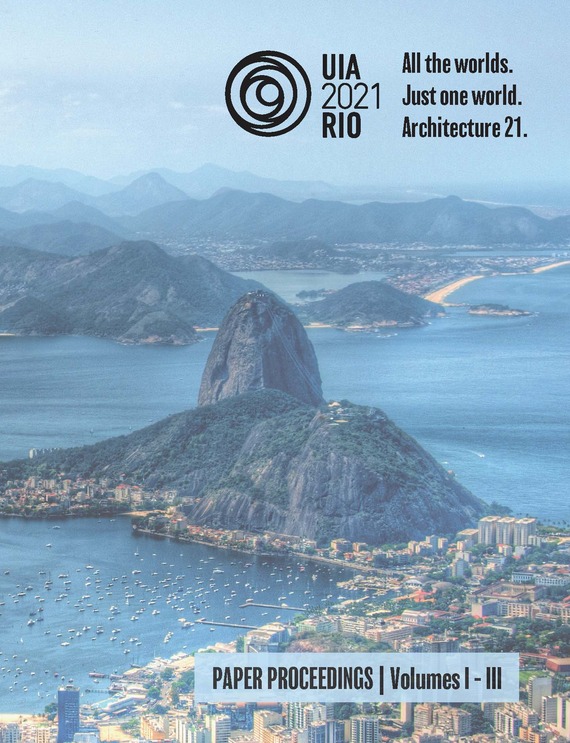Author(s): Luciana Nemer, Philipe Cantreva & Steffany Santos
The article presents a temporary and utilitarian analysis of Vila Operária da Gamboa from the viewpoint of the weaknesses and inequalities installed there. The building represents a milestone in the qualification of social housing, which allowed workers, in the time of industrial expansion in Rio de Janeiro, the opportunity to escape the growing condition of precarious housing that settled in the 1930s. The Vila was preserved in 1988. , by the City of Rio de Janeiro through the Environmental Protection Area of SAGAS (Saúde, Gamboa and Santo Cristo neighborhoods). In the 21st century there are four researches / interventions carried out in the property that make it possible to describe its current situation: the Focal Group discipline Social Rehabilitation in Urban Projects in the UFRJ Postgraduate Program in Urbanism, the Workshop on Building and Exhibition held during the 8th National Docomomo Seminar 2009, the restoration, carried out in the same year that eliminated the changes that misread the original project and the recent research by the UFF Analysis and Representation Research Group. The questions answered by the residents, the photographic and metric survey provided the basis for understanding the current situation of the building. It is concluded that the relatively distant past has been left behind and has given way to recent stories of families and residents who have appropriated the spaces and made that place their own history and the absence of institutional action to preserve a symbolic landmark is evident for the history of Brazilian social housing.
Volume Editors
ISBN
978-1-944214-31-9

 Study Architecture
Study Architecture  ProPEL
ProPEL 
